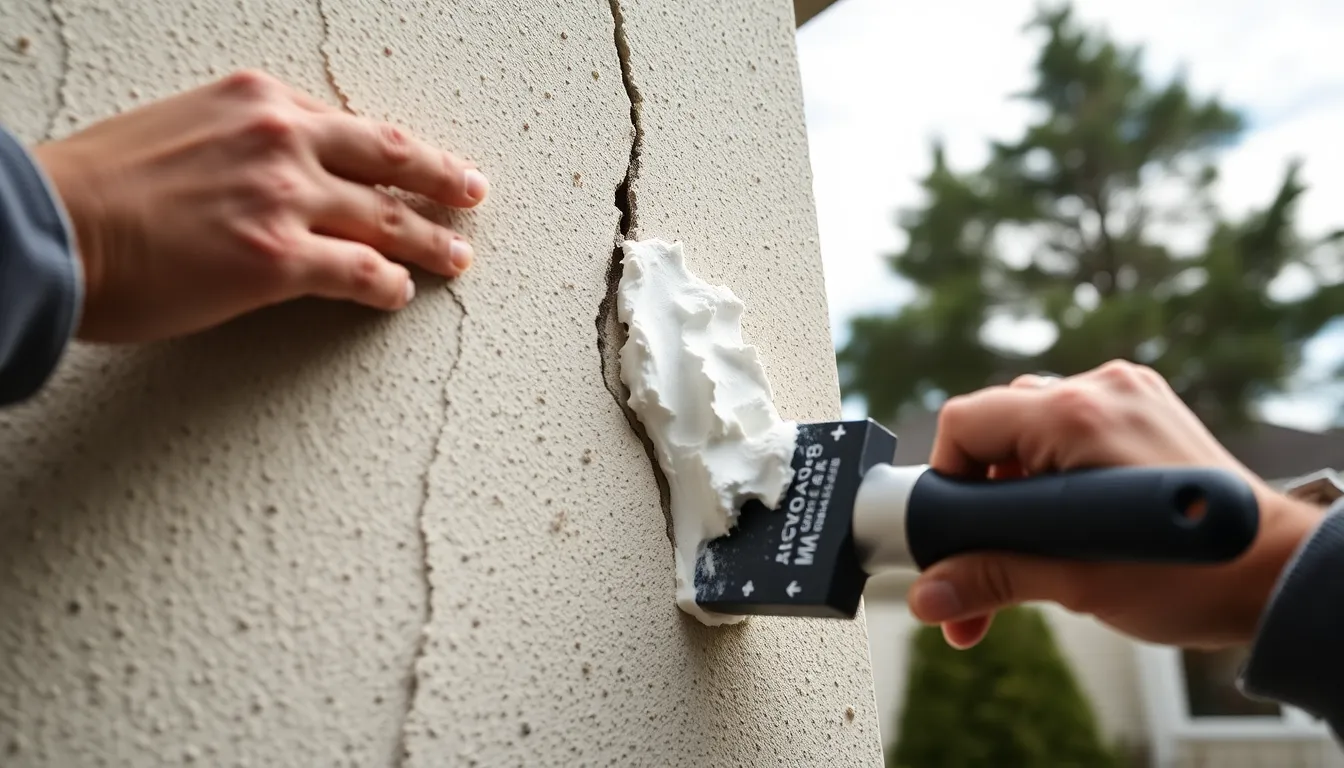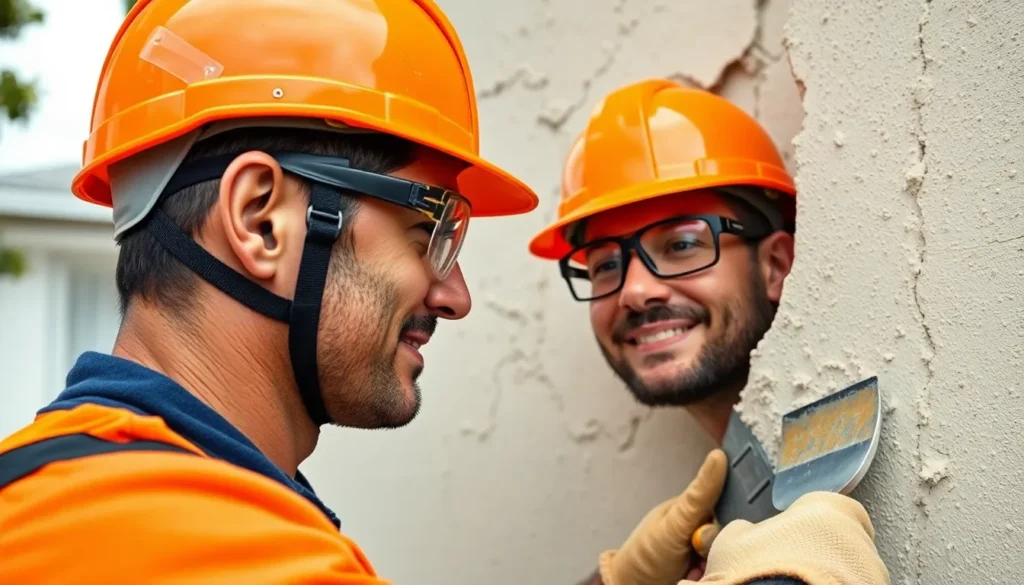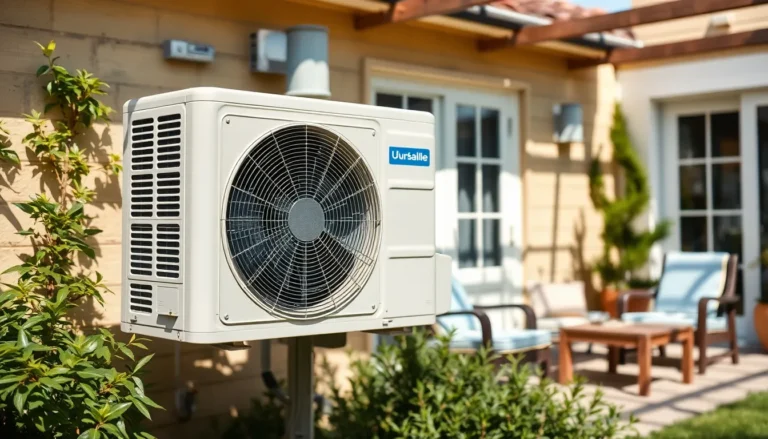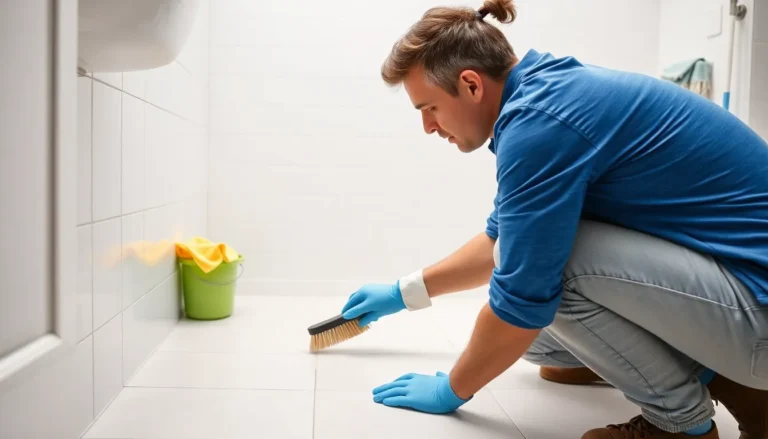Stucco might seem like a tough cookie, but even the sturdiest exterior can crack under pressure—literally. Whether it’s from the relentless sun, an unexpected hailstorm, or that one neighbor who thinks their basketball is a home improvement tool, stucco damage can sneak up on anyone. But don’t worry, it’s not the end of the world; it’s just time for a little TLC.
Table of Contents
ToggleOverview of Stucco Repair
Stucco repair involves addressing the various forms of damage that can compromise its integrity. Cracks may appear due to weather changes, settling, or impacts. Understanding how to assess these issues is essential for effective maintenance.
Common repair techniques include patching or resurfacing. When repairing cracks, it is crucial to clean the affected area first. After that, applying a suitable filler ensures a strong bond with the original material. For larger areas, mixing a new stucco batch may be necessary to achieve a seamless look.
Proper maintenance plays a significant role in prolonging the life of stucco exteriors. Regular inspections help identify potential issues early. Many homeowners schedule yearly checks to catch and rectify problems promptly.
Tools required for repairs include a trowel, a putty knife, and a spray bottle for dampening. Each of these ensures a neat application process. Following safety protocols during repairs is also important, such as wearing gloves and goggles.
Furthermore, choosing the right repair product affects durability. Products designed specifically for stucco can prevent future issues. These products often adhere better and resist moisture infiltration.
In some cases, professional help may be necessary for extensive damage. Hiring experts provides access to advanced techniques and knowledge. They can offer a comprehensive evaluation and ensure that repairs meet local building codes.
Common Issues in Stucco

Stucco exteriors face various challenges that can impact their appearance and longevity. Awareness of these common issues helps in maintaining stucco effectively.
Cracks and Damage
Cracks often appear due to temperature fluctuations and settling. Small hairline cracks typically don’t compromise structural integrity, but larger cracks may indicate underlying issues. Repair methods like patching can address these problems easily. Inspecting cracks regularly allows for timely interventions, which prevents further damage. Repair products formulated specifically for stucco enhance the bond and durability of the repairs.
Moisture Intrusion
Moisture intrusion poses a significant threat to stucco. Water can seep through cracks and joints, leading to mold growth and deterioration of internal materials. Proper sealing around windows and doors mitigates this risk effectively. Assessing areas prone to moisture accumulation helps in identifying potential problems early. Utilizing moisture-resistant stucco products can also improve resilience against water damage. Regular inspections often reveal signs of moisture issues, enabling prompt repairs that enhance the stucco’s lifespan.
Tools and Materials for Stucco Repair
Repairing stucco requires specific tools and materials for effective results. A careful selection of equipment ensures a smoother repair process.
Essential Tools
A trowel serves as a fundamental tool for applying and shaping stucco. Putty knives also provide precision when patching smaller cracks and flaws. A drill with mixing attachments works well for blending stucco mixtures. Safety goggles should protect the eyes from debris, while a dust mask ensures inhalation protection when working with dry materials. Cleanup tools, such as brushes and sponges, contribute to maintaining a tidy workspace after repairs.
Recommended Materials
Quality stucco repair materials enhance the durability of finished work. A premixed stucco patch can tackle minor cracks effectively. For larger areas, consider using a mix specifically designed for stucco, as this ensures compatibility with existing surfaces. Fiberglass mesh tape adds structural integrity when applied over repairs. Waterproof sealants also play a critical role in preventing moisture intrusion around patched areas. Selecting moisture-resistant finishing products improves overall resilience and longevity.
Step-by-Step Guide to Stucco Repair
Effective stucco repair involves three main steps: assessing the damage, preparing the repair area, and applying the stucco. Each step contributes to a long-lasting repair.
Assessing the Damage
Start by closely examining the stucco surface. Identify cracks and signs of moisture intrusion. Pay special attention to larger cracks, as these often indicate deeper issues. Hairline fractures might not compromise the structure, but more significant damage can require immediate attention. Use a moisture meter to check for dampness in the affected area. This assessment ensures that repairs address both visible and hidden problems.
Preparing the Repair Area
Clean the damaged area thoroughly before beginning repairs. Remove loose stucco and debris with a trowel or putty knife. Dust the surface with a brush or damp cloth to enhance adhesion. It’s important to ensure the area is dry before applying any repair materials. For larger cracks, consider placing fiberglass mesh tape over the damaged section for added support. This preparation phase is critical for achieving a seamless, durable repair.
Applying the Stucco
Mix the stucco according to product instructions, ensuring a smooth, workable consistency. Apply the mixture using a trowel, pressing it firmly into the repair area. Feather the edges for a smooth transition between the old and new stucco. Multiple layers may be necessary for deeper cracks; allow each layer to dry before applying the next. Finish the surface by texturing it to match the surrounding stucco. Proper application techniques enhance the longevity and appearance of the repair.
Stucco repair is an essential aspect of maintaining a home’s exterior. Regular inspections and timely repairs can significantly extend the life of stucco surfaces. By addressing cracks and moisture issues promptly homeowners can prevent more extensive damage and costly repairs down the line.
Utilizing the right tools and materials ensures effective repairs that blend seamlessly with existing surfaces. For those facing extensive damage or unfamiliar with repair techniques seeking professional help can provide peace of mind and guarantee compliance with local building codes. With proper care and attention stucco exteriors can remain durable and visually appealing for years to come.






